You might not realize it, but the way your body aligns during sleep can greatly affect how well you rest. When your spine is properly aligned, it minimizes discomfort and tension, paving the way for deeper, more restorative sleep. This ideal positioning can reduce those annoying interruptions that keep you tossing and turning. But what exactly contributes to this alignment, and how can you achieve it in your own sleep routine? The answer could change your nights considerably.
Understanding Body Alignment
Proper body alignment is essential for achieving restful sleep and overall well-being. When you align your body correctly, you allow your muscles, joints, and spine to work in harmony. This alignment reduces tension and stress on your body, making it easier to relax and fall asleep.
Think of your body as a finely tuned instrument; when every part is in its right place, you'll function smoothly.
To understand body alignment, start by focusing on your sleeping position. If you're a side sleeper, your head, neck, and spine should form a straight line. You can use a supportive pillow to maintain this alignment, preventing strain on your neck and shoulders.
If you prefer sleeping on your back, a pillow that supports the natural curve of your neck is vital. Avoid using too many pillows, as this can push your head forward and disrupt alignment.
Your mattress also plays a significant role in body alignment. A mattress that's too soft can cause your spine to sag, while one that's too firm may not provide the necessary support for your curves.
Finding the right balance will help you maintain proper alignment throughout the night.
Lastly, consider your pre-sleep habits. Activities like stretching or practicing relaxation techniques can prepare your body for a restful night's sleep.
Importance of Spinal Health
Since your spine plays a crucial role in overall health, maintaining its well-being is important for quality sleep and daily function. A healthy spine supports your body's structure, allowing for ideal movement and flexibility.
When your spine is aligned correctly, it can help prevent pain and discomfort that might disrupt your rest and activities.
To guarantee you keep your spine healthy, consider the following points:
- Posture: Good posture during daily activities helps maintain spinal alignment and reduces unnecessary strain.
- Exercise: Regular physical activity strengthens the muscles supporting your spine, enhancing stability and flexibility.
- Sleep Environment: A supportive mattress and pillow can greatly impact your spinal health, promoting proper alignment while you sleep.
Neglecting spinal health can lead to a cascade of issues, affecting not just your comfort but also your overall well-being.
You may experience fatigue, irritability, or even difficulty concentrating if your spine isn't in good shape. Additionally, poor spinal alignment can contribute to chronic pain, which often disrupts sleep and affects your ability to function during the day.
Effects on Sleep Quality
When you maintain proper spinal alignment, you can experience significant benefits for your sleep quality.
Techniques that relieve pressure and promote muscle relaxation play an essential role in how well you rest at night.
Let's explore how these factors directly impact your overall sleep experience.
Spinal Alignment Benefits
Good spinal alignment acts like a sturdy foundation for a house; without it, everything else can crumble.
When you maintain proper alignment while you sleep, you set yourself up for a night of restorative rest. It guarantees that your muscles, ligaments, and joints are in their ideal positions, allowing your body to relax fully.
Here are some key benefits of spinal alignment that directly enhance your sleep quality:
- Reduced Pain: Proper alignment can alleviate back, neck, and joint pain, making it easier for you to fall asleep and stay asleep.
- Improved Circulation: When your spine is aligned, blood flow increases, which helps supply your muscles with oxygen and nutrients during the night.
- Enhanced Breathing: Good posture opens up your airways, allowing for deeper breaths and better oxygen intake, vital for restful sleep.
Pressure Relief Techniques
Achieving proper spinal alignment is just one piece of the puzzle in improving your sleep quality. Pressure relief techniques play an essential role in ensuring that your body feels comfortable throughout the night. When you sleep, your body exerts pressure on various points, which can lead to discomfort and disrupt your rest. By employing pressure relief methods, you can enhance your sleep experience considerably.
One effective technique is using a mattress designed to distribute weight evenly. Memory foam mattresses are particularly beneficial as they contour to your body's shape, alleviating pressure on sensitive areas like the shoulders and hips.
Additionally, consider using supportive pillows that help maintain your head and neck alignment, further reducing pressure points.
Another approach is to change your sleeping position if you notice discomfort. For example, side sleepers can place a pillow between their knees to keep the spine aligned and relieve pressure on the lower back.
Finally, incorporating adjustable beds can allow you to find the perfect angle for your body, enhancing both comfort and support.
Implementing these pressure relief techniques can considerably improve your sleep quality, leading to a more restful and rejuvenating night.
Muscle Relaxation Impact
Muscle relaxation plays an essential role in enhancing your sleep quality. When your muscles are relaxed, you're more likely to drift into a deep, restorative sleep. Tension in your body can keep you tossing and turning, preventing you from fully enjoying the restorative benefits of slumber.
By ensuring proper alignment while you sleep, you encourage muscle relaxation, which positively impacts your overall sleep experience.
Here's how proper alignment contributes to muscle relaxation:
- Reduces Muscle Tension: When your spine is aligned, it prevents unnecessary strain on your muscles, allowing them to unwind.
- Promotes Blood Flow: Proper alignment enhances circulation, ensuring your muscles receive the nutrients and oxygen they need to relax.
- Improves Sleep Cycles: With relaxed muscles, you can enter deeper sleep stages, which are crucial for physical recovery and mental rejuvenation.
Common Sleep Positions
When it comes to sleep positions, your choice can greatly impact your comfort and well-being.
Side sleeping often offers benefits like reduced snoring and improved spinal alignment, while back sleeping has its own set of considerations, such as potential neck and back pain.
Understanding these positions can help you make better choices for a restful night's sleep.
Side Sleeping Benefits
Sleeping on your side offers numerous benefits that can greatly improve your overall sleep quality. This position can provide better spinal alignment and reduce pressure on your joints, leading to a more restful night.
Additionally, side sleeping is often recommended for those with certain health conditions.
Here are some key advantages of side sleeping:
- Reduced Snoring: Sleeping on your side can help keep your airways open, which may minimize snoring and improve breathing during sleep.
- Alleviated Heartburn: If you suffer from acid reflux, sleeping on your left side can aid digestion and prevent stomach acid from rising into your esophagus.
- Enhanced Circulation: This position promotes better blood flow, especially during pregnancy, by preventing pressure on blood vessels.
Back Sleeping Considerations
Back sleeping can be a comfortable option for many, but it comes with its own set of considerations. While this position can keep your spine aligned and reduce pressure on your joints, it mightn't be ideal for everyone. If you tend to snore or have sleep apnea, back sleeping can exacerbate these issues by causing your throat to constrict.
To guarantee proper alignment, focus on using a supportive pillow that cradles your neck without lifting your head too high. A flatter pillow might be your best bet, as it helps maintain a neutral spine position. You can also place a small pillow under your knees to alleviate pressure on your lower back.
If you're prone to back pain, be mindful of your mattress firmness. A medium-firm mattress typically offers the best support, allowing your body to sink in just enough to relieve tension while keeping your spine aligned.
Ultimately, the key to enjoying back sleeping lies in finding the right support and guaranteeing your body is well-aligned. By considering these factors, you can improve your sleep quality and wake up feeling refreshed.
Choosing the Right Mattress
Finding the right mattress can greatly impact your sleep quality and overall well-being. When you choose a mattress that suits your specific needs, you set yourself up for better alignment while you sleep, which can reduce discomfort and enhance restorative rest.
Here's what to take into account when selecting your perfect mattress:
- Firmness Level: Opt for a firmness that supports your body type and sleeping position. Back sleepers typically need a medium-firm mattress, while side sleepers often benefit from a softer feel to cushion the shoulders and hips.
- Material Type: Different materials offer varying levels of support and comfort. Memory foam adapts to your body contours, while innerspring mattresses provide more bounce and airflow. Latex options can be great for those seeking a balance of support and responsiveness.
- Trial Periods and Returns: Many mattress retailers offer trial periods, allowing you to test your mattress at home. This is important since it takes time to adjust to a new sleeping surface.
Make sure you understand the return policies in case it doesn't meet your expectations.
Role of Pillows and Cushions
Properly choosing pillows and cushions can greatly enhance your sleep experience by promoting better alignment and comfort. The right pillow supports your neck and head, ensuring your spine remains aligned.
If you sleep on your back, opt for a medium-loft pillow that fills the space between your neck and mattress. This helps keep your head level and reduces strain on your neck. For side sleepers, a firmer, higher pillow is essential to fill the gap between your shoulder and head, preventing your spine from bending unnaturally.
Cushions also play a significant role in your overall comfort. If you tend to sleep on your stomach, a soft, low-profile pillow or even no pillow at all can keep your neck in a neutral position, reducing the risk of pain.
When it comes to cushions, consider using contour or memory foam models that conform to your body shape, offering personalized support.
Additionally, don't overlook the importance of body pillows or knee cushions. These can help maintain proper alignment by supporting your knees or back, especially for side sleepers.
If you often shift positions during the night, having the right cushions can make changes smoother and keep you comfortable.
Tips for Better Alignment
To achieve better alignment while you sleep, it's important to pay attention to your overall sleep posture in addition to the pillows and cushions you've chosen. This means being mindful of how your body is supported throughout the night. Proper alignment can prevent discomfort and improve your sleep quality greatly.
Start by ensuring that your spine maintains its natural curve. If you're a side sleeper, place a firm pillow between your knees to keep your hips aligned. If you sleep on your back, a small pillow under your knees can relieve pressure on your lower back.
Here are a few tips to enhance your alignment:
- Choose the Right Mattress: Your mattress should support your body's weight without causing you to sink in too deeply. A medium-firm mattress often works best for most sleepers.
- Adjust Your Pillow Height: Your pillow should fill the gap between your head and the mattress without cranking your neck upward or letting it sink down too low. Adjust the height based on whether you sleep on your back, side, or stomach.
- Mind Your Sleeping Position: If you're a stomach sleeper, consider switching to your side or back. Stomach sleeping can strain your neck and spine.
Conclusion
To sum up, prioritizing proper alignment can greatly enhance your sleep quality. By ensuring your spine is aligned and using supportive bedding, you can reduce discomfort and pressure points, leading to a more restful night. Whether you're adjusting your sleep position or choosing the right mattress and pillows, these small changes can make a big difference. So, take the time to invest in your sleep health – your body will thank you for it!



